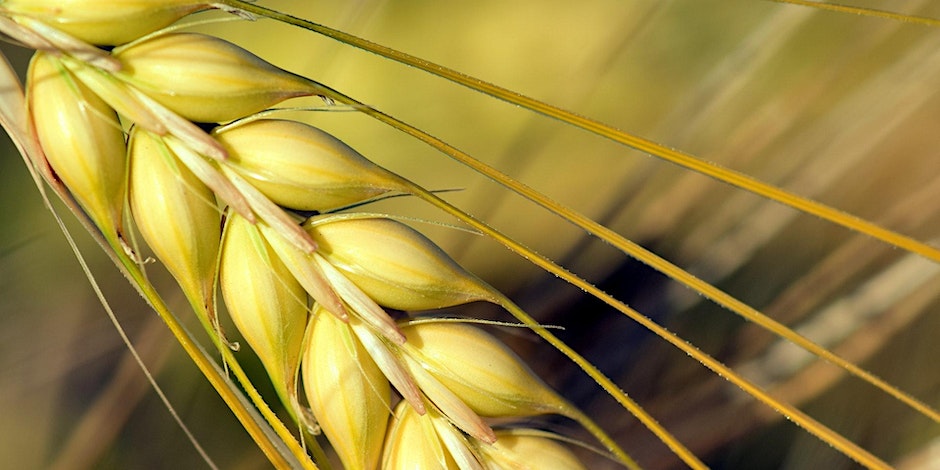Speakers: Prof Ping Yang, Head of the Research Group of Barley Gene Resources, Chinese Academy of Agricultural Sciences (CAAS), Beijing, China.
Summary:
Barley is a diploid species with a genome smaller than those of other members of the Triticeae tribe. The recent development of barley genomics has created a need for a high-throughput platform to identify genetically uniform mutants for genes identification and functional investigation. We produced an ethyl methanesulfonate (EMS)-mutagenized population consisting of 10,109 M3 lines in a barley landrace ‘Hatiexi’ (HTX). The mutation rate within the population ranged from 1.51 to 4.09 mutations per Mb, depending on the treatment dosage of EMS and the mutation discrimination platform employed for genotype analysis. We implemented a three-dimensional DNA pooling strategy combined with multiplexed amplicon-sequencing to create a highly efficient and cost-effective TILLING (Targeting Induced Locus Lesion IN Genomes) platform, which has been applied to identify allelic mutations at >100 genes from 23 research groups in China. A number of barley mutants had been isolated via the MutMap strategy and the classic mapping approach. In this talk, I would like to introduce the mutagenesis population applicable in forward and reverse genetic studies in barley.
Speaker Bio:
Dr. Yang did his PhD in Leibniz Institute of Plant Genetics and Crop Plant Research (IPK- Gatersleben), and awarded PhD degree in Martin-Luther University Halle-Wittenberg. He then worked in Max-Planck Institute for Plant Breeding Research (MPIPZ) and University of Zurich as postdoctoral researcher. Since May 2017, he became an independent group leader in Institute of Crop Sciences, Chinese Academy of Agricultural Sciences (CAAS), Beijing, China. He and his team members are working on barley germplasm resources and their uses in basic and applied research.

